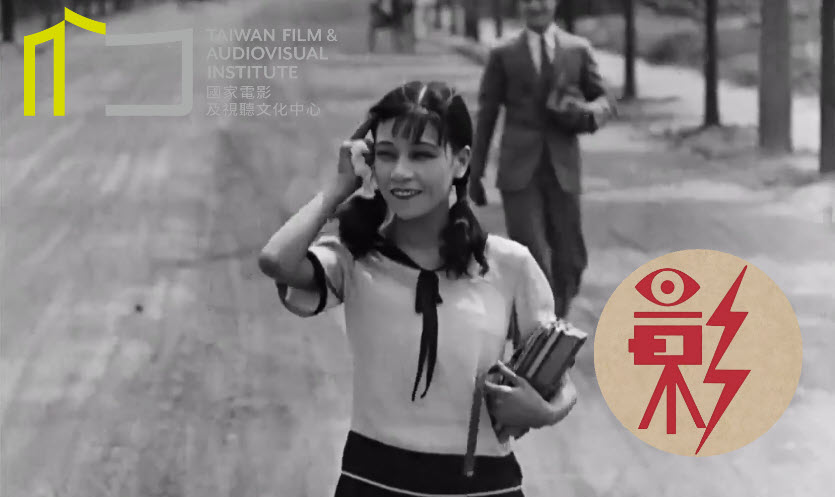The film:
Bling’s the thing!
But, in this silent film, a wife’s ostentation gets her family into serious trouble. “The Pearl Necklace” (1926), also known as “A String of Pearls,” is adapted from the Guy de Maupassant short story “La Parure” (The Necklace, 1884). The film is famous today less for its conservative morality tale about female vanity than for two sequences of animation, in the opening credits commissioned by the Great Wall Film Company, and at minute 68, when the titular string of pearls rearrange themselves into the word 患禍 MISFORTUNE. Chinese subtitles have been translated where the English does not match the Chinese appearing in the original bilingual title card.
Yi chuan zhenzhu
Alternative English title: A String of Pearls
Director: C.Y. Lee (Li Zeyuan 李澤源)
Cinematographer: P.L. Chan (Cheng Peilin 程沛霖)
Screenplay: Y. Hou (Hou Yao 侯曜)
Studio: The Great Wall Film Co., Shanghai (Shanghai Changcheng yingpian youxian gongsi 上海長城影片有限公司)
Date of release: January 21, 1926 (上海中央大戲院)
102 minutes
Starring: Harding Louie (Lei Xiadian 雷夏電), H. June Liu (Liu Hanjun 劉漢鈞), E.E. Dick (Zhai Qiqi 翟綺綺), Hsin Shau-mei (Xing Shaomei 邢少梅), C.C. Liu (Liu Jiqun 劉繼群)
Subtitles translated by Christopher Rea
Subtitles created by Yuk Yee Marie Hui
SYNOPSIS
Wang Yu Sang and Wang Siu Ching are a happily married couple with an infant son. When the family hosts a party, Siu Ching worries that guests look down on her because she has nothing to wear. To placate her, Yu Sang goes to a jeweler to rent fancy jewelry, choosing a pearl necklace that another customer sent in for repair. Yu Sang promises to return it before the customer returns to retrieve it the next morning. At the party, Siu Ching brags to guests that her husband bought her an $8,000 necklace, and is overheard by Mr Mar Yu Loon, who hires a thief to steal it. When the couple discover the necklace gone, they first try to borrow money from relatives. When that fails, Yu Sang “temporarily appropriates” $15,000 from the life insurance company he works for and buys a replacement. The original customer confronts Yu Sang at his office, and accepts the replacement because its value is so much higher. His embezzlement exposed, Yu Sang is jailed and Siu Ching falls into poverty, cut off from the high society she had so hoped to impress. Mar Yu Loon marries Foo Mei Sian.
A key sequence after minute 65 parallels the estranged couple: him laboring in the prison workhouse, her sewing for her supper. Then, to her tired eyes, the sewing string turns into a string of pearls that turn into misfortune. Yu Sang tries in vain to seek help finding a job from family and friends, flashbacks showing his past good times with that fair-weather flock. In the end, it is a working-class neighbor who gets Yu Sang a job at the Revive China Cotton Mill. Mar Yu Loon, now the mill’s accountant, is repeatedly blackmailed by Chang Wai-yen about the necklace theft. Yu Sang discovers one of the blackmail notes and follows Mar to a rendezvous with the insatiable Chang. Chang attacks Mar, wounding him, and Yu Sang defends Mar until the cops arrive, then takes Mar to the hospital. There, Mar confesses the truth to Yu Sang, Siu Ching, and Mar’s wife Foo Mei Sian—he had stolen the necklace to woo Mei Sian. (Events surrounding the crime are shown in flashback.) All reconcile, and make amends: Yu Sang takes over Yu Loon’s job, and Mei Sian buys back the house for Siu Ching, who returns to her home with family happiness restored.
Learn more:
See two stand-out examples of early Chinese animation appearing in The Pearl Necklace (1926), as well as other early films containing animation in the Early Chinese Animation YouTube Playlist.
Opening credits animation:
Animated string of pearls spells “misfortune”:
Related Posts
Animation and Cartoons 卡通與漫畫
Early Chinese cinema included both animated films and live-action films with animated and illustrated sequences
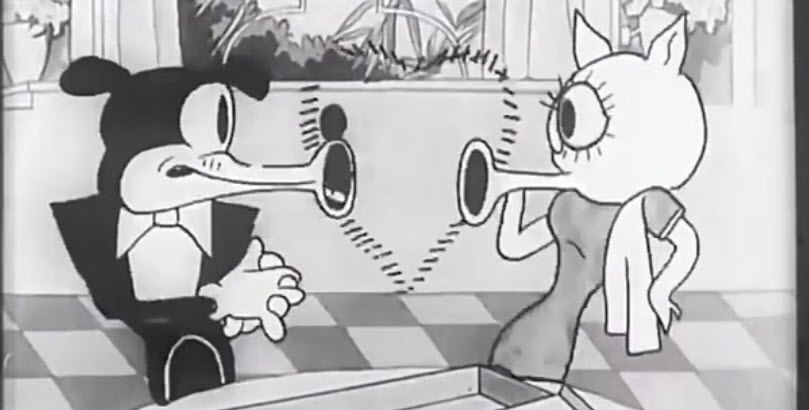
Chinese Film Classics, 1922-1929 (2021), by Christopher Rea
An essential guide to the first golden age of Chinese cinema, offering detailed introductions to fourteen films.
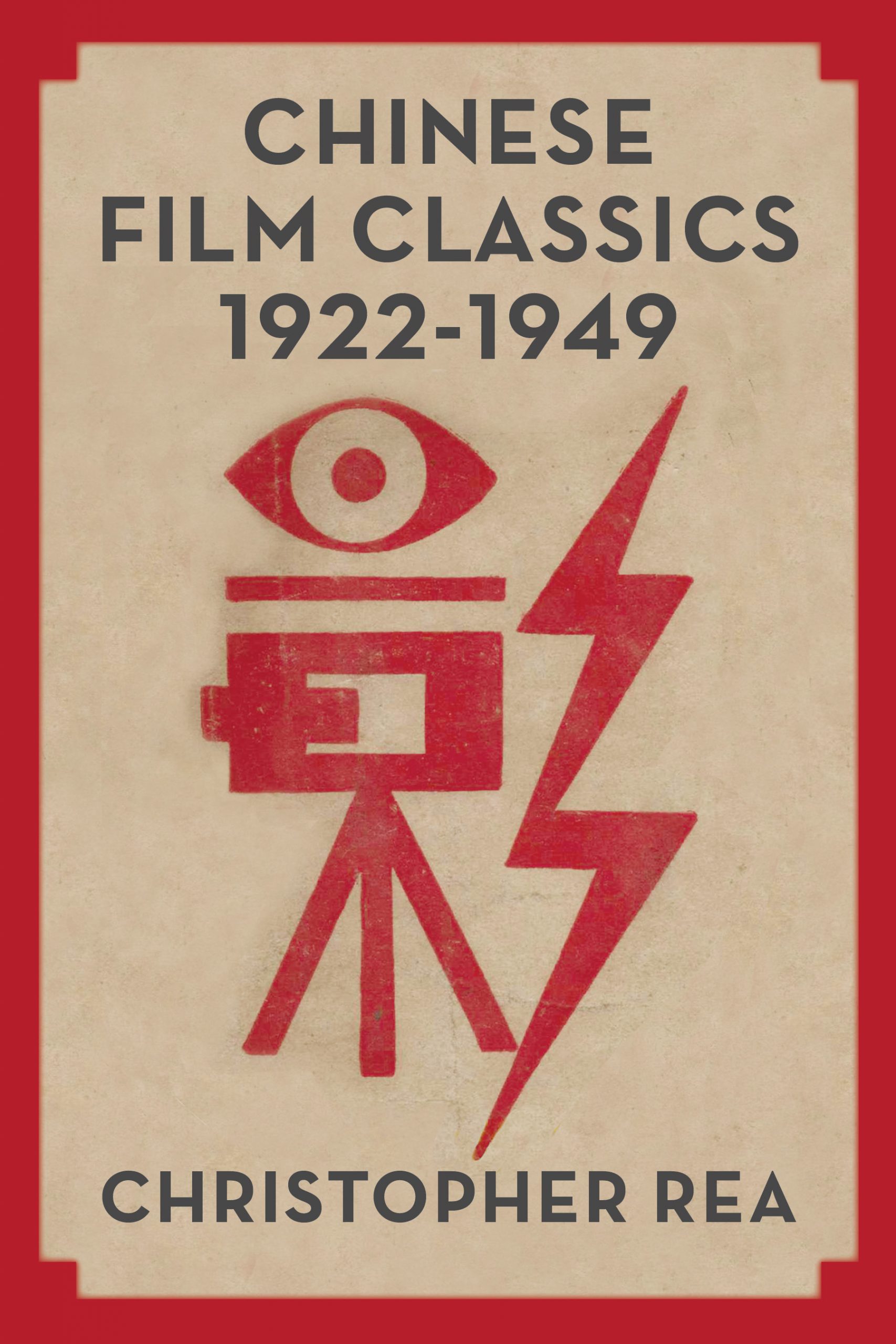
2021/03/01-05/12: Association for Chinese Animation Studies inaugural conference
A Zoom webinar featuring 19 panels of new academic research on Chinese animation, hosted by HKUST
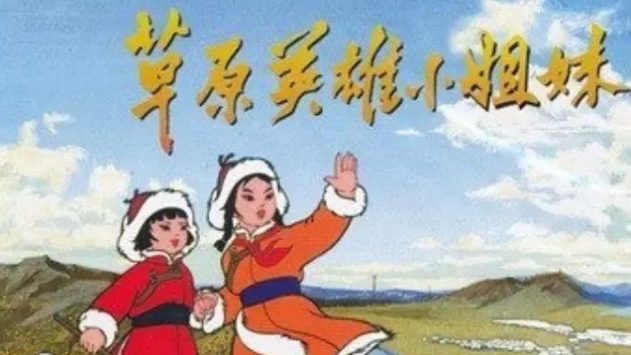
Animated Encounters (2019), by Daisy Yan Du
China’s role in the history of world animation has been trivialized or largely forgotten. In Animated Encounters Daisy Yan Du addresses this omission in her study of Chinese animation and its engagement with international forces during its formative period, the 1940s–1970s.
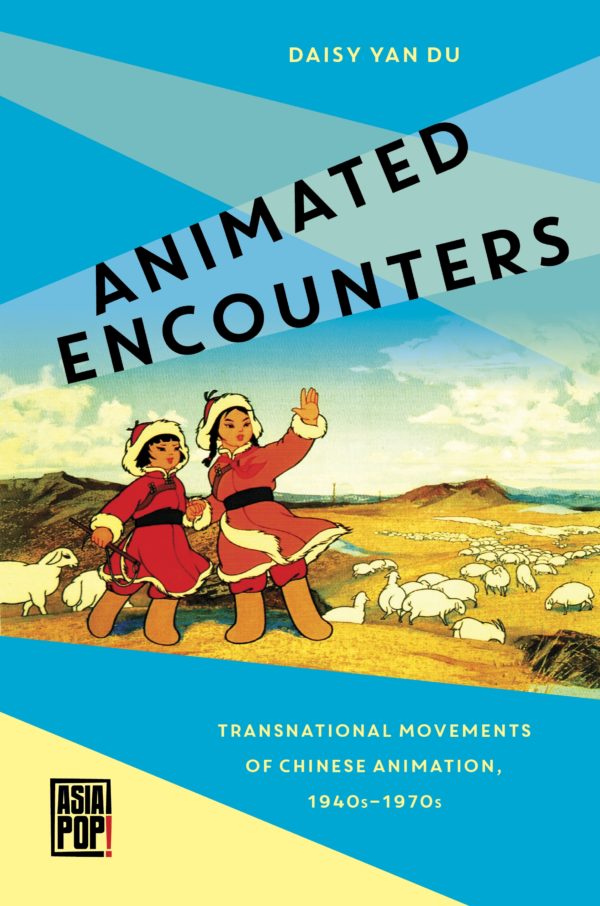
Love and Duty 戀愛與義務 (1931)
A romantic melodrama with paternalistic overtones, Love and Duty was the first Lianhua film to showcase the chemistry between Ruan Lingyu and Jin Yan.
